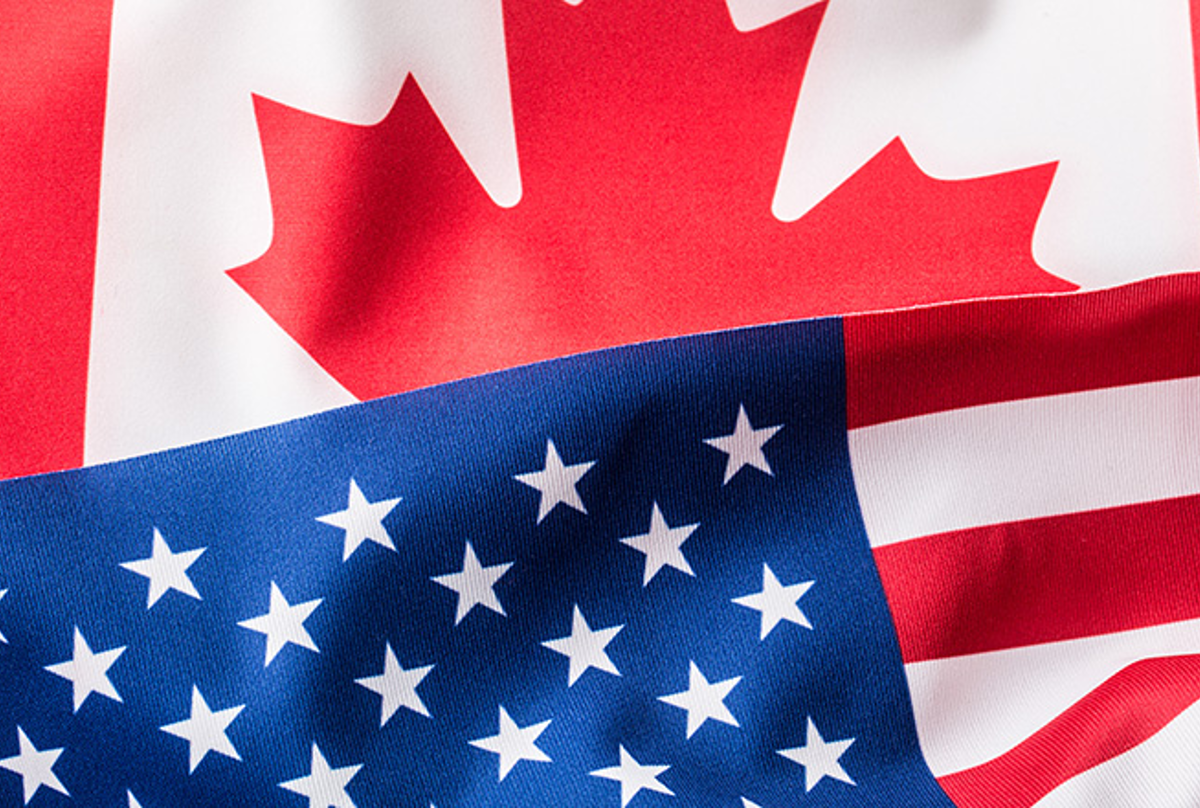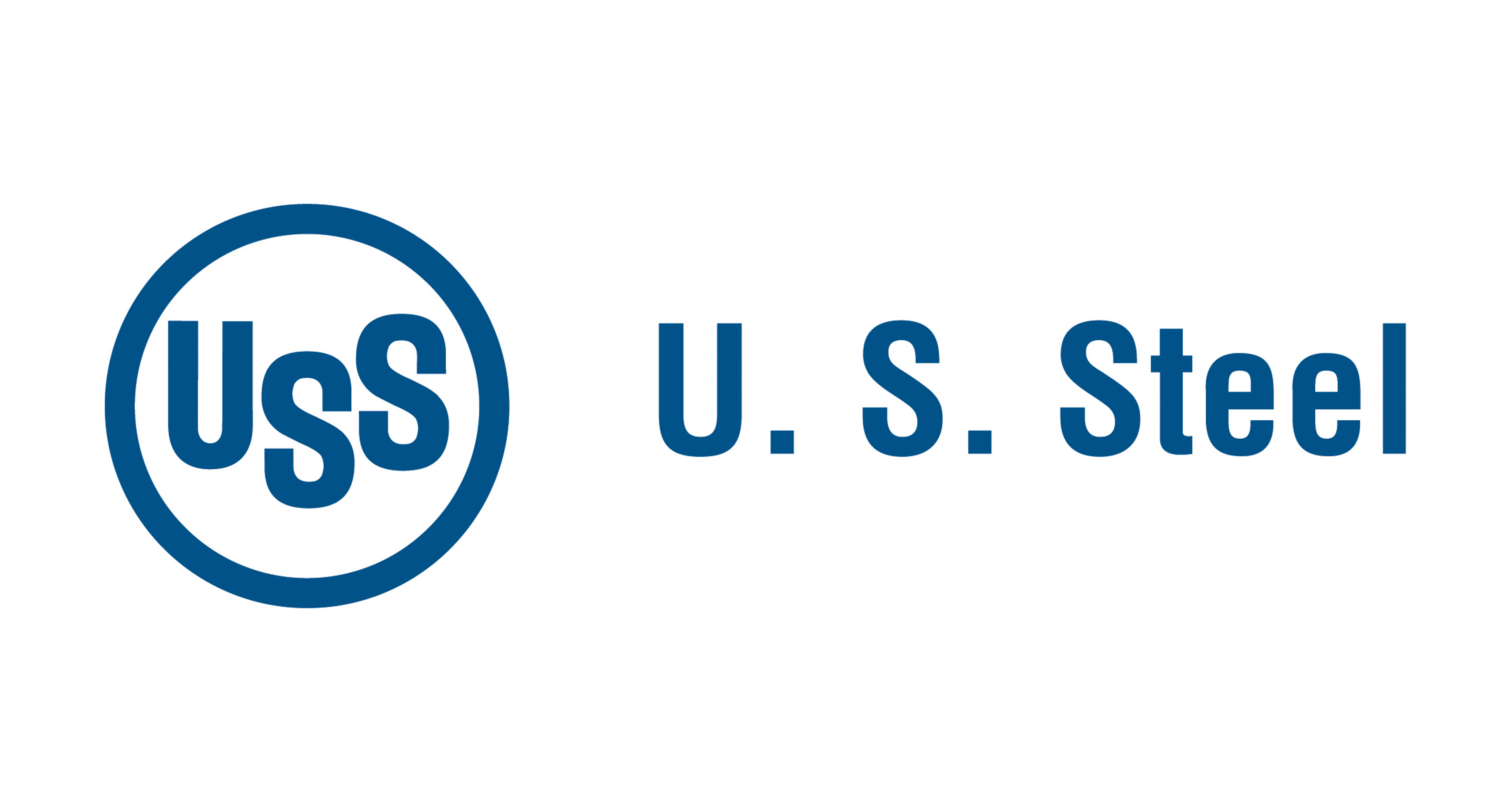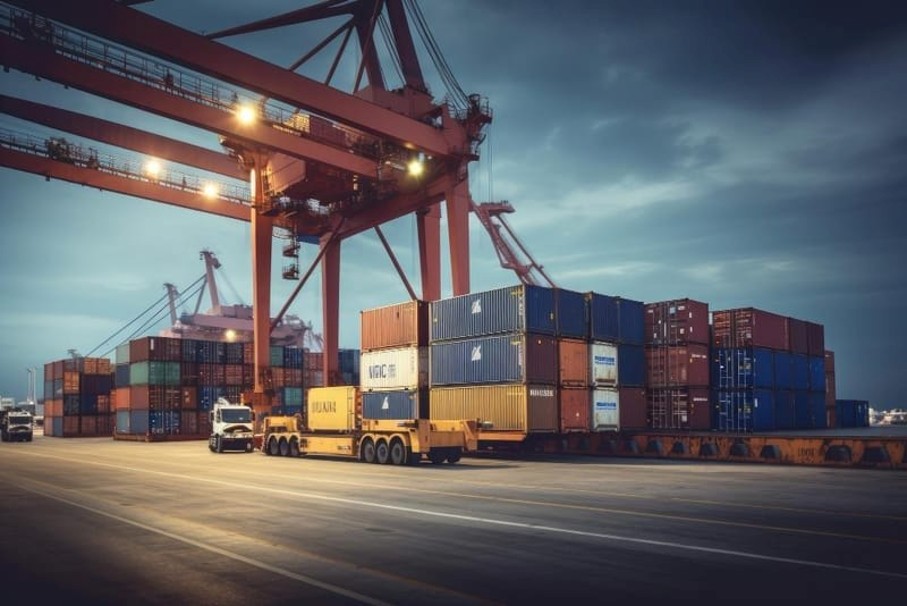Government/Policy

March 27, 2019
OECD: Markets at Risk from Excess Capacity and Trade Actions
Written by Sandy Williams
Steel markets are facing “considerable downside risk” as excess capacity continues to a be a major challenge for the global steel industry.
The Organization for Economic Cooperation and Development (OECD) found that global steelmaking capacity (in nominal crude terms) was nearly unchanged in 2018 at 2.234 billion metric tons, after declining in the previous two years. The gap between steel capacity and production remained high at 425.5 million tons in 2018.
Numerous new capacity investments have been started or are in the planning phases around the world. If those projects are completed, OECD projects that steelmaking capacity could increase by 4-5 percent between 2019 and 2021, in the absence of any plant closures.
At the 86th session of the OECD Steel Committee, Vice Chairman Jai Motwane expressed the committee’s concerns about “low growth prospects for the global economy and global steel markets.”
Market conditions fell sharply in 2018. Global GDP growth forecasts were revised downward to 3.3. percent for 2019 and 3.4 percent for 2020. Accelerated steel price growth fell in the second half of the year, wiping out first half gains. Global production increased while demand softened in most steel-consuming economies.
Steel trade declined in most major steel producing economies in 2018 due to a significant increase in trade actions in the global steel market. In the U.S., Section 232 steel tariffs contributed to a host of retaliatory and protective measures, which multiplied across the globe.
Structural imbalances in the market, like use of subsidies, continue to persist.
Motwane called for the G-20-led Global Forum on Steel Excess Capacity to swiftly implement agreed policy actions to eliminate excess capacity and market-distorting support measures.







